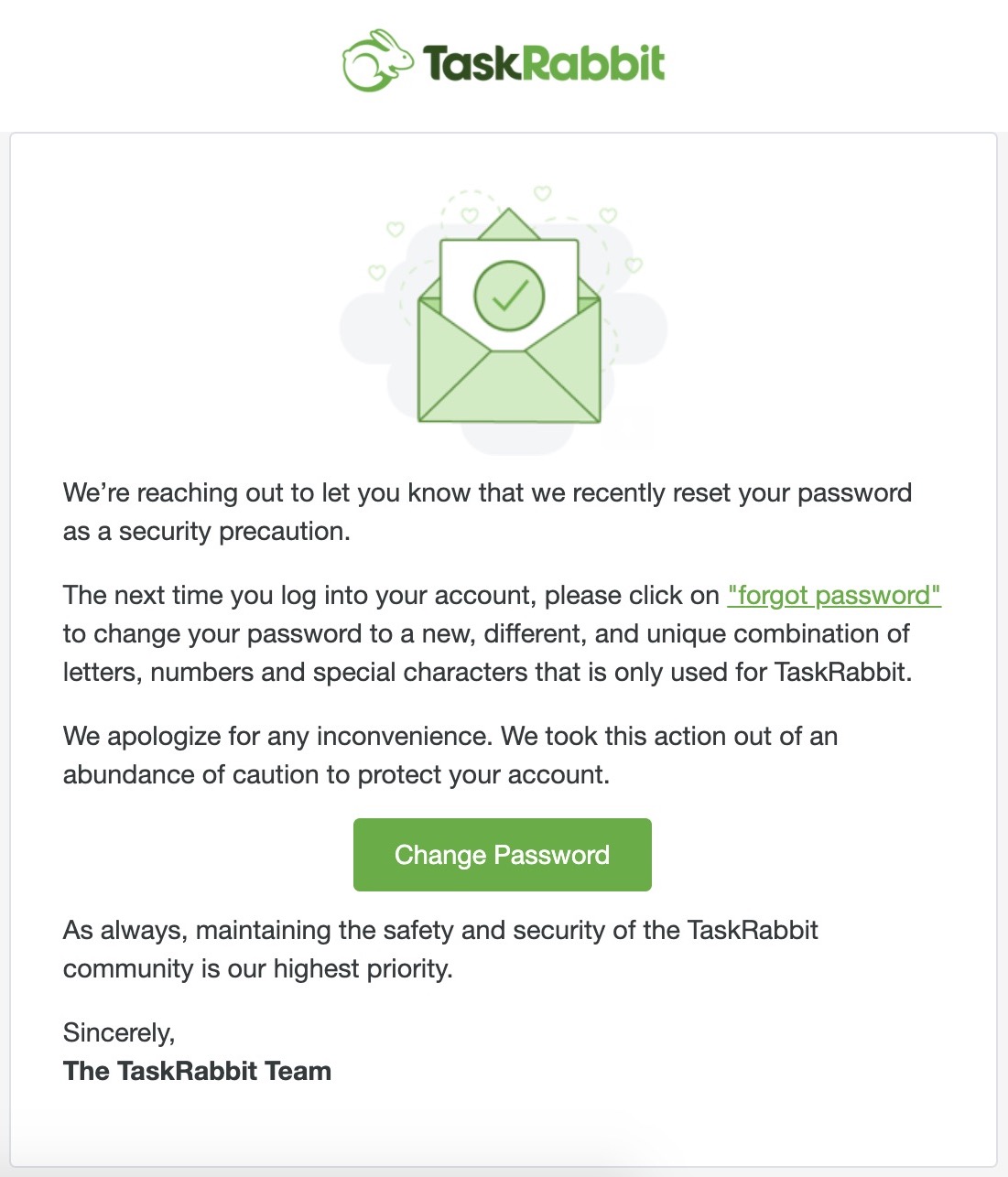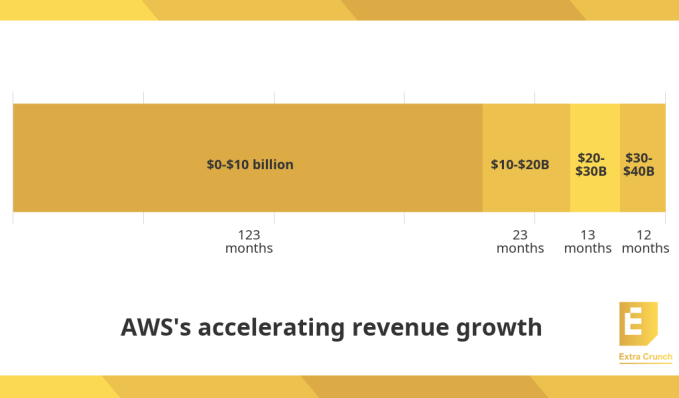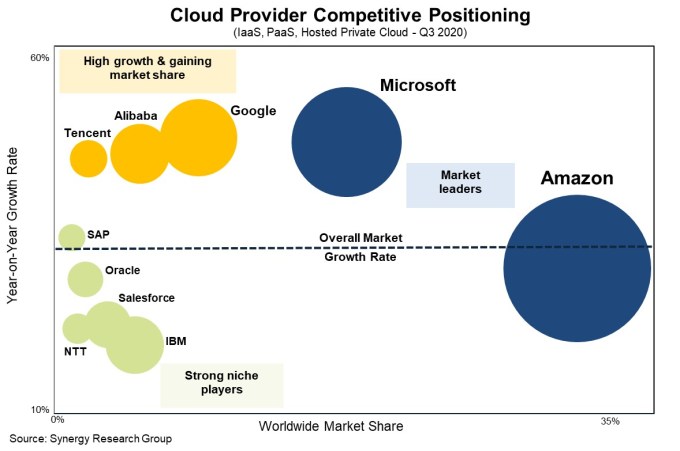The edtech market raked in more than $10 billion in venture capital investment globally in 2020, but for students, parents and teachers, the year was defined more by its scramble than its surge.
Nandini Talwar, a student and teacher’s assistant at Columbia University, wants to hold more efficient office hours so students don’t have to wait on a Zoom call. TraLiza King, a director at PWC and single mother, needs a Zoom alternative for her 4-year-old, who is too young to understand how to mute and unmute. Brian Kinglsey, chief academic officer at Charlotte-Mecklenburg Schools in North Carolina, is looking for ways to reengage remote students that don’t require socially distant home visits.
As we enter the rest of the decade, the sector will have to shake off its short-term-fix mentality to evolve from tunnel vision to wide-pan ambition.
Naturally, any company that shifts overnight from being a tool to a necessity will have growing pains, and edtech as a sector is no exception. Startups with the long-term ambitions of solving education’s inequities had to come up with quick fixes that would serve millions of learners. A sector that was notoriously undercapitalized had to reach venture scale while adapting to the realities of a remote work landscape like never before. As schools seesawed between hybrid and remote, education technology companies had to be nimble as well. The ubiquity of remote learning surely brought a boom to new users, but may have in fact limited the sector’s ability to innovate in lieu of fast, easy scale.
For edtech in 2020, flexible and scrappy was a survival tactic that led to profits, growth and most of all, aha moments that technology was needed in the way we learn. Now, as we enter the rest of the decade, the sector will have to shake off its short-term-fix mentality to evolve from tunnel vision to wide-pan ambition.
The innovation that must grow
If nothing else is clear after a tumultuous remote learning experience, it’s that the world needs effective and accessible technology that allows education to scale with learning for all in mind. In fact, the comeback story and surges of massive open online course providers (MOOCS) shows how in-demand digital curricula truly are.
However, usage is not a replacement for effectiveness. In reality, most people don’t have the drive, motivation or comprehension capabilities to learn from a one-hour lecture — even if they technically show up.
The mad rush to track engagement is underway. In the past few months, Zovio launched Signalz, a tool that helps universities track student engagement and see who is most at risk for dropping out of courses. Piazza also launched a tool focused on college and high school student participation that allows instructors to send personalized messages and measure activity on their assignments. There’s also Rhithm, an app that allows educators to check in daily with students for emotional-learning insights, and Edsights, a chatbot for undergraduate students.
Still, instead of bringing the classroom experience online and trying to track the heck out of it, what if you completely upend it? The answer might begin with flashcards.
Quizlet, which started off as a flashcard app, has spent the past three years building out its artificial-intelligence-powered tutoring arm. CEO Matthew Glotzbach says the feature is now the most-used Quizlet offering, signaling how students want a more in-depth solution than flashcards.
The most recent example I saw of innovation was Sketchy, a startup that teaches medical concepts through illustrations. It allows students to skip notecards and textbooks and comprehend through animated videos; think of a countryside kingdom scene about coronavirus or a salmon dinner about salmonella.
While the technology itself isn’t from Mars, Sketchy’s strategy does what many edtech solutions don’t: learning theory. The company uses the memory-palace technique to help students replace textbooks with videos and actually retain information. Plus, after seven years as a bootstrapped company, Sketchy just raised $30 million dollars in venture capital. The round was led by TCG with involvement from Reach Capital.
Zach Sims, the founder of Codecademy, told me that the startups that will “win” the next wave are the ones that are “using interactivity and technology to create an educational experience you just couldn’t have in the classroom.”
To retain recent gains, edtech companies need to replicate Sketchy’s strategy: Replace outdated systems and methods with new, tech-powered solutions. No more of the endless bundling and unbundling of the school experience. As we evolve into a world of life-long learning and cohort-based learning platforms, founders will need to be especially innovative with the way they deliver content. Don’t simply put engaging content on a screen, but innovate on what that screen looks like, tracks and offers. Is it rooted in true learning principles, or is it just a repacked lecture?
In other words, if 2020 showed us how hard “Zoom school” really is, then 2021 should not be about creating more versions of Zoom schools. It should be about playing an entirely different universe.

Image Credits: Bryce Durbin
The hurdle that remains
The biggest elephant in the room for edtech is the one that every human in the world can’t wait for: the end of the coronavirus pandemic. And with promising vaccine news, the light at the end of the tunnel certainly feels within reach for those who dare to dream.
When the world recovers, startups that have based their entire business around remote learning and remote work will likely see a drop in usage. The surge will slow, and everyone in edtech is wondering how to extract post-pandemic value.
This in mind, Ashley Bittner, co-founding partner of Firework Ventures, a new future of work fund, thinks that the next generation of edtech founders should continue to make moonshot bets, but be realistic about what will work for the decades ahead.
“Anyone can pitch an idea about how we should do math curriculum,” she said. “But there’s a reason behind why we teach kids to do it this way. I don’t think there’s enough respect for the experience learning science behind products.”







